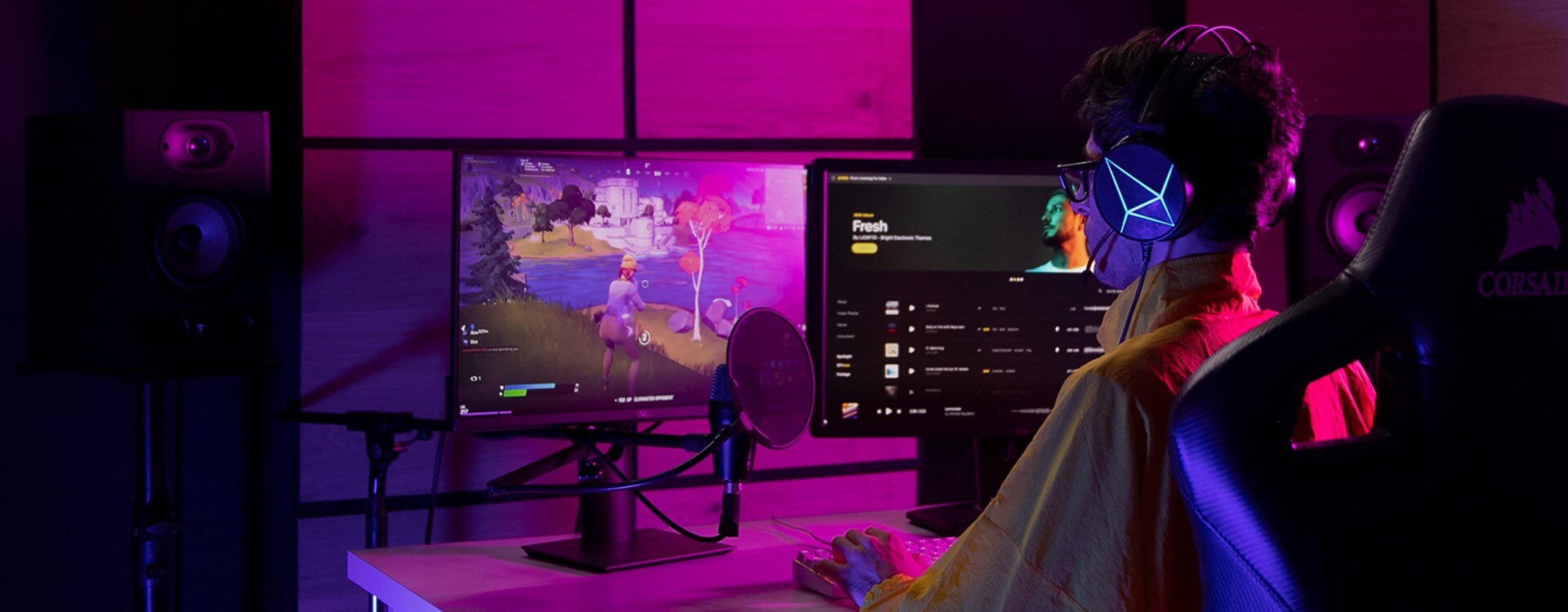The Impact of Internet Broadcasting on TV Shows: A Comprehensive Overview

In the contemporary era, the rapid advancement of the digital age and the ubiquity of the internet in our homes have fundamentally altered our television viewing habits. In addition to traditional television broadcasting, online streaming has gained increasing popularity, introducing various dynamics alongside its effects on television shows. This article explores the influences of internet broadcasting on TV shows and delves into the terminology commonly used to comprehend these transformations.
1. Interactivity and User Engagement
Internet broadcasting offers more than a passive viewing experience. Features such as live chat, social media interaction, and real-time feedback enhance viewer engagement, transforming shows into interactive experiences.
2. OTT (Over-The-Top) Platforms
OTT refers to platforms delivering content via the internet without traditional cable or satellite connections. OTT platforms like Netflix, Hulu, and Amazon Prime Video present a new distribution model, providing viewers with more choices and flexibility.
3. Binge-Watching
Shows released on the internet often present entire seasons at once, allowing viewers to watch an entire season or series at their convenience. This trend is commonly referred to as binge-watching.
4. OTT Devices and Smart TVs
Internet-connected devices have changed television viewing habits. OTT devices such as Smart TVs, Roku, Apple TV facilitate content streaming over the internet, providing an alternative to traditional broadcast models.
5. Viral Marketing and Social Media Integration
The internet accelerates show promotion and marketing through the power of social media. Viewers can expand the reach of content through activities like liking, sharing, and commenting on social media.
6. Independent Content Production and Web Series
The internet serves as a platform for independent content creators. Web series, often produced on lower budgets, showcase content with unique concepts distinct from traditional television shows.
7. Diverse Revenue Models
While television show funding traditionally relies on advertising revenue, internet broadcasting supports various revenue models. Subscription-based models, donations, and sponsorships offer content creators diverse income sources.
8. Global Accessibility and Geographical Boundlessness
Online content is accessible worldwide without geographical restrictions. This provides content creators with the potential to reach a global audience.
9. Rapid Feedback and Content Updates
The internet enables content creators to receive and respond to viewer feedback quickly. This allows for prompt and effective adjustments to content based on audience reactions.
In conclusion, the impact of internet broadcasting on television shows has transformed the viewer experience, making it more interactive and personalized than traditional television. While presenting new opportunities for content creators, this shift has also changed audience expectations and habits. The dynamic interaction between traditional television and internet broadcasting signifies just the beginning of the evolution in the media industry.



































